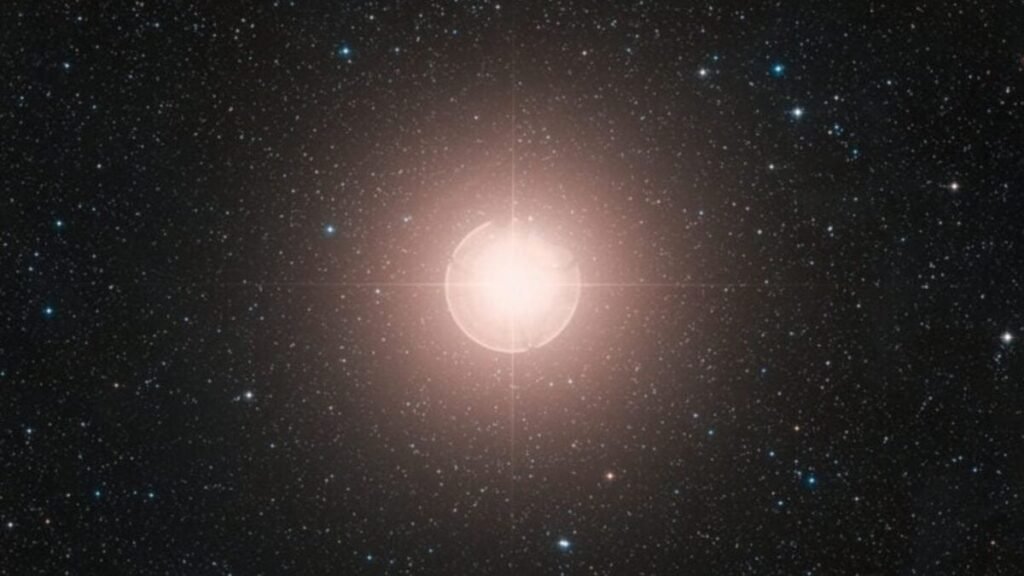Betelgeuse’s companion exhibits more peculiarities than previously believed

A couple of months ago, astronomers officially confirmed that Betelgeuse has a companion, as had long been suspected. Since then, researchers have been working to study this star, but with each new observation, they find that it is moving further and further away from what they expected or assumed.
A recent study published in [journal name] presents a comprehensive analysis of this star, which has been nicknamed Betelbuddy, using data from NASA’s Chandra X-ray Observatory and the Hubble Space Telescope. In the “deepest X-ray observations of Betelgeuse so far,” they found that it is a young stellar object (YSO) similar in size to our sun.
This aligns with a previous theory that predicted the youth of Betelbuddy compared to the old age of Betelgeuse, a red supergiant nearing the end of its stellar lifecycle. At the same time, the findings challenge assumptions about the stellar composition of this small companion.
## A Strange Stellar Pair
When the data confirmed the existence of Betelbuddy, astronomers began to ponder what type of star it could be. The most “standard” explanation was that, due to its small size and Betelgeuse’s age, Betelbuddy could be a neutron star or a white dwarf.
“And in that case, they are two very, very different objects,” said O’Grady. “If it was one of those objects, it would point to a very different evolutionary history for the system.” However, Betelbuddy turned out to be none of those things. The companion showed no evidence of accretion, which is characteristic of neutron stars or white dwarfs. X-ray data suggests that Betelbuddy is a young stellar object. The exact mass is difficult to determine, but the findings indicate it is within the predicted range from earlier observations.
The point is that Betelbuddy is much smaller than Betelgeuse, challenging the conventional idea that binary star pairs tend to have similar masses. If the observations are correct, Betelgeuse has 15 to 18 times the mass of Betelbuddy, a ratio that “leaves us astonished,” according to the researchers.
“This opens up a new regime of extreme mass ratios in binaries,” added O’Grady, pointing to the presence of a new class of binary stars with vastly disparate masses. “It’s an area that hasn’t been explored much because it’s so difficult to find them or even identify them as we did with Betelgeuse.”
As the researchers say, Betelbuddy is unlikely to reappear within detection range until two years from now. But when the little star returns in November 2027, astronomers will be ready to learn more about it.






